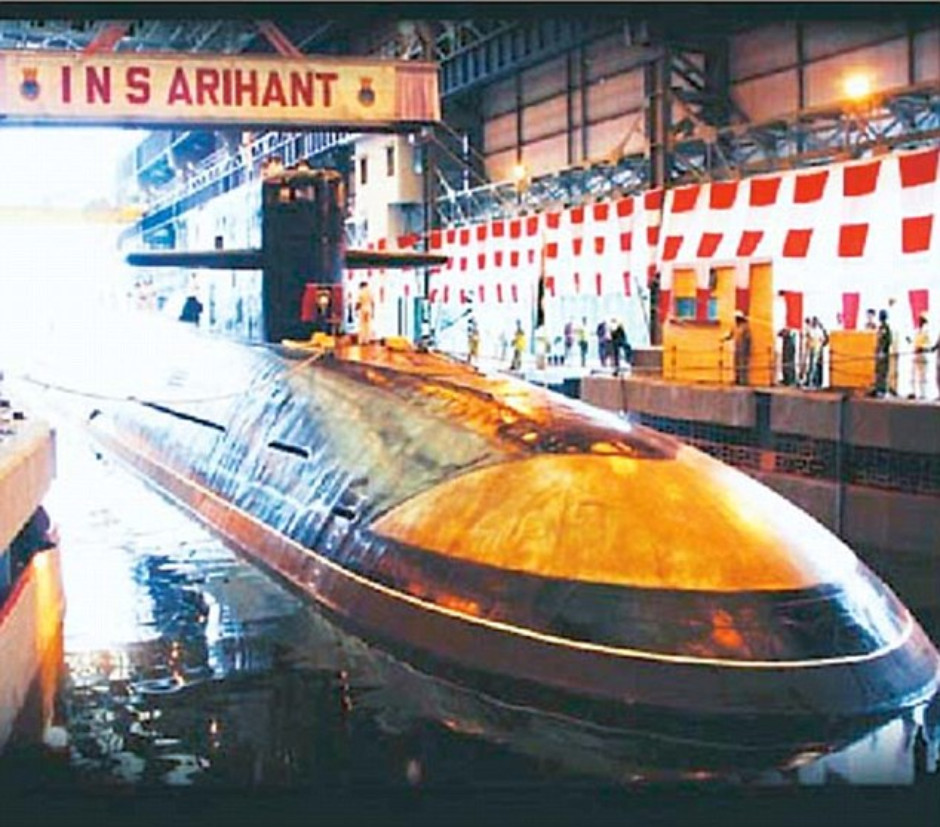mkb95
FULL MEMBER

- Joined
- Oct 2, 2015
- Messages
- 1,127
- Reaction score
- -1
- Country
- Location

Navy sources confirmed that government will soon to take decision of P 75 I submarine construction project in India, with the assistance from foreign vendors. Under the make in India plan private/public shipyards will be selected to construct six new generation submarines. The estimated project cost around of some $10 billions which include weapons and support systems.
Currently four nations offering their submarines and government personally request the Japanese to participate the P 75 I program. each nations offer's their new generation air independent and fuel cell based submarine to India, Earlier six scorpene class submarine costs around some $3 billions. and India plans to construct additional three secorpene subs.
The new generation submarines comes with pretty modern technologies, like vertical launching tubes, marine delivery vehicles, and advanced propulsion mechanism. The Israeli Dolphin boats comes with six 533mm torpedo tubes and four 650mm torpedo tubes to launch long range popeye cruise missile.
 The German designed modified Dolphin known as one of the heaviest and superior sub marine after the Japanese Soryu class boats. The Germans are offering the Type 214 submarine, which is a variant of Dolphin class. The Japanese are asked to participate the P 75 I program with the new generation Soryu class displacing around 4000 tons. However they didn't interested to participate.
The German designed modified Dolphin known as one of the heaviest and superior sub marine after the Japanese Soryu class boats. The Germans are offering the Type 214 submarine, which is a variant of Dolphin class. The Japanese are asked to participate the P 75 I program with the new generation Soryu class displacing around 4000 tons. However they didn't interested to participate.Recently the Spanish offered their S 80 class submarine to India, when speaking, Navantia shipyards officials said, Spain is ready to offer the state of art S 80 to India under the P 75 I program.
Anyway, as per some information's there were two contenders are competing to capture the deal, one is the French DCNS made SMX Ocean and the German designed Type 216 boats. India currently operates German, French and Russian made submarines. and Indian Navy not ready to move away from the earlier contractors. So it would be a challenge between SMX Ocean and Type 216.
The SMX Ocean is a derivative of French nuclear submarine Barracuda. The SMX ocean comes with AIP and lithium ion cells instead of nuclear propulsion in Barracuda. The unique model of SMX Ocean comes with six vertical launching cells and torpedo tubes. The sub also comes with a marine delivery vehicles, which can also launch unmanned underwater vehicles too.
The SMX Ocean is a huge sized submarine with the displacement of around 4000 tons. Almost equal size of the German future submarine Type 216. both these large size submarines are designed to conduct operations long away from the port or conduct long range underwater escort mission for carrier strike group.
The Germans didn't offered the Type 216 to India, Since it is a concept model only. If India asks the Germans to offer the Type 216 they will offer it. Currently the Type 216 and SMX Ocean participating the Australian submarine tender to replace the Collins class submarine. The Australians are operating two Juan Carlos class LHD's. The new submarines are intended to provide underwater escort to the LHD's.

Soon Indian Navy too operate two large sized aircraft carrier and four LHD's. As a carrier strike missions Navy needs two submarines for underwater escort. this can be done by Scorpene and SMX Ocean or Type 216 submarine.
source- Life of Soldiers: Govt soon to take decision on P 75 I









